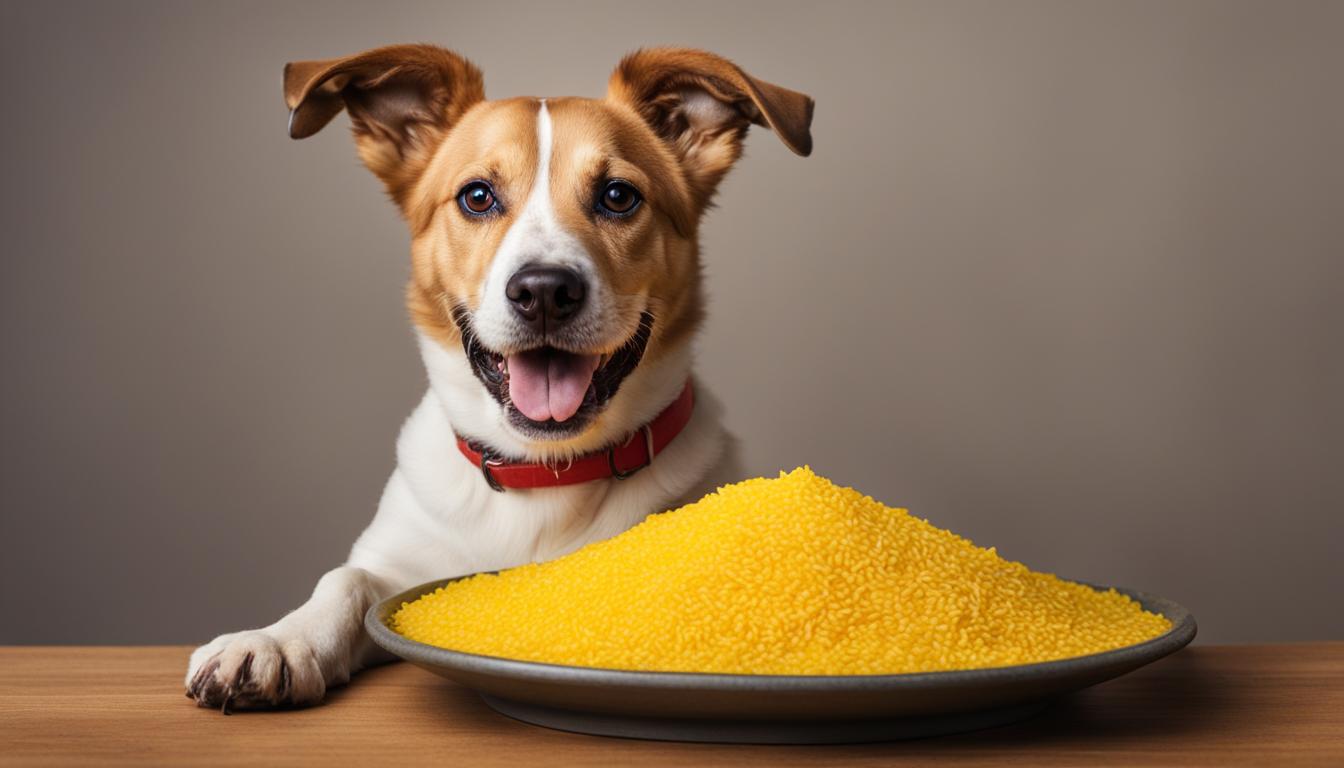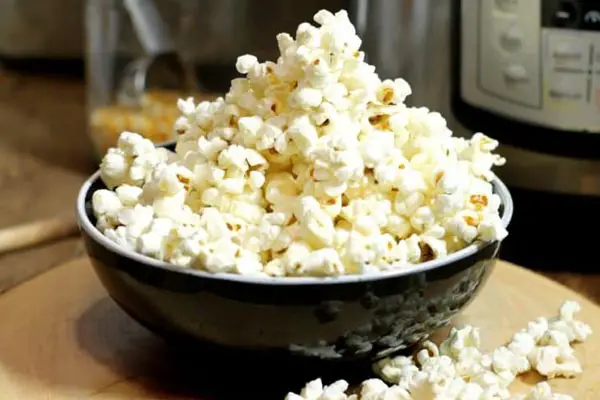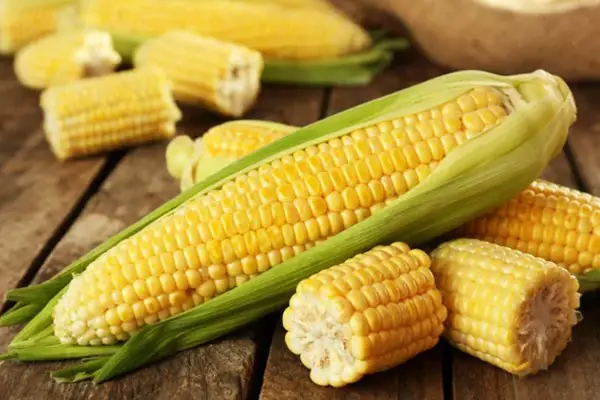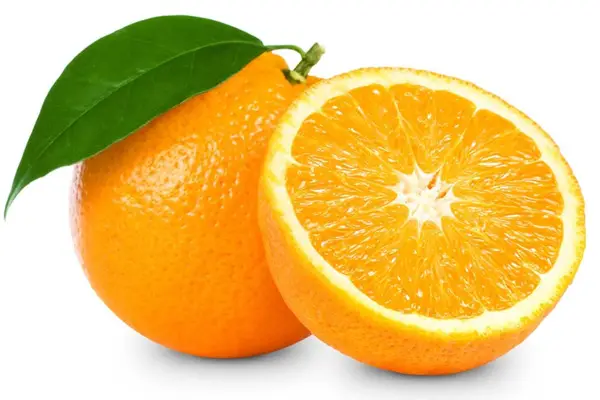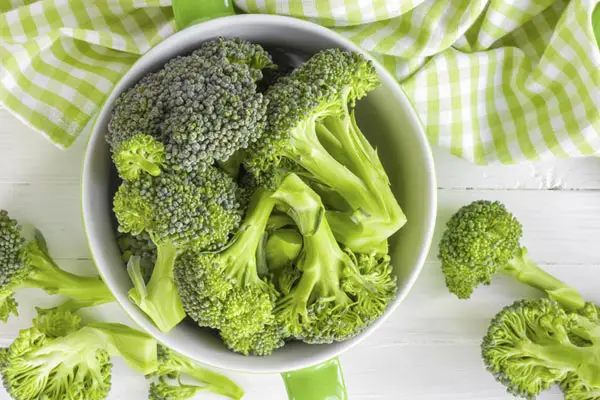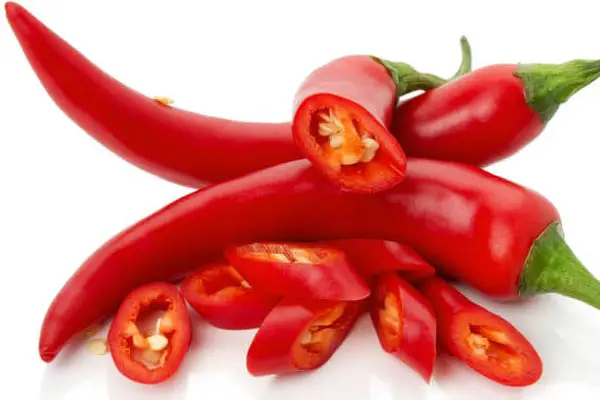Can Dogs Eat Yellow Rice? A Comprehensive Dietary Guide
Curious about whether yellow rice is a safe treat for your dog? This quick guide has you covered! We’ll dive into the dos and don’ts of sharing this popular dish with your furry friend.
Many pet parents wonder about adding yellow rice to their dog’s menu. While it’s generally okay, moderation is key. Yellow rice can offer essential nutrients and carbs, but overdoing it may lead to tummy troubles.
Keep an eye on the type of yellow rice you choose, like Vigo, Saffron, or Turmeric. While turmeric and saffron are usually safe, be mindful of spice levels and portion control.
The potential benefits? Some yellow rice varieties, especially those with saffron, pack antioxidants for overall doggy health. Plus, it’s easy on the stomach, making it a good choice for pups with digestive sensitivities.
Remember, though, yellow rice isn’t a full meal replacement. It’s a tasty supplement, best enjoyed in moderation as part of a well-balanced doggy diet.
Health Benefits of Giving Yellow Rice to Dogs
One of the main advantages of yellow rice is its high digestibility, making it suitable for dogs with sensitive stomachs or digestive issues.
The easily digestible carbohydrates in yellow rice serve as a valuable energy source, especially for active dogs that require sustained energy levels.
Yellow rice recipes that include saffron can also provide antioxidants that promote better health and support the immune system.
While yellow rice can be beneficial, it is essential to note that it should not replace a dog’s primary source of nutrition. Yellow rice should only be given as a supplementary component of a balanced diet, ensuring that the dog receives all the necessary nutrients from other food sources.
Types of Yellow Rice Safe for Dogs
These include jasmine rice, arbor rice, long-grain brown rice, turmeric rice, and saffron rice.
Jasmine Rice for Dogs
Jasmine rice, a fragrant long-grain rice found in Asian cuisine, is a dog-friendly option due to its easy digestibility and absence of harmful additives. Being gluten-free, it’s a safe choice for dogs with wheat sensitivities or allergies. Jasmine rice can be a nutritious supplement to their diet when cooked properly and in moderation.
Arbor Rice for Dogs
Arbor rice, also known as Arborio rice, is a short-grain rice often used in risottos and other Italian dishes. It is a versatile option for dogs, providing them with carbohydrates and essential nutrients. Arbor rice is easy to cook and can be a tasty alternative to regular dog food. However, avoiding adding excess salt or other seasonings that may harm dogs is recommended.
Turmeric Rice for Dogs
Turmeric rice is a yellow rice variety that is made with turmeric spice. Turmeric has anti-inflammatory properties and can provide additional health benefits for dogs. It is known to support joint health and reduce inflammation in the body. When feeding turmeric rice to dogs, it is essential to use a moderate amount of turmeric and ensure the other ingredients are safe for consumption.
Saffron Rice for Dogs
Saffron rice, as the name suggests, is made with saffron spice. Saffron is derived from the Crocus sativus flower and is known for its distinct flavor and vibrant yellow color. Saffron is safe for dogs in moderate amounts and can add a delicious taste and aroma to their meals. It is essential to use saffron rice that contains no additional harmful ingredients, such as onions or garlic, as these can be toxic to dogs.
| Type of Yellow Rice | Safety for Dogs | Health Benefits |
|---|---|---|
| Jasmine Rice | Generally safe | Easy to digest, gluten-free |
| Arbor Rice | Generally safe | Nutritious, versatile |
| Turmeric Rice | Safe in moderation | Anti-inflammatory properties |
| Saffron Rice | Safe in moderation | Delicious flavor, vibrant color |
Pros and Cons of Yellow Rice for Dogs
Feeding dogs yellow rice can have both advantages and disadvantages. It is essential to consider these factors before incorporating yellow rice into a dog’s diet as a primary source of nutrition or as an alternative to traditional dog food.
Pros of Yellow Rice for Dogs:
- High-quality grain-free option: Yellow rice is a nutritious option for dogs sensitive or allergic to other grains like wheat or corn.
- Low in fat and calories: Yellow rice is a relatively low-fat and low-calorie food, making it a suitable choice for dogs that require weight management or have specific dietary restrictions.
- Convenient and portable: Yellow rice can be easily prepared and suitable for on-the-go meals or travel.
Cons of Yellow Rice for Dogs:
- Digestibility: Some dogs may have difficulty digesting yellow rice, leading to gastrointestinal discomfort or digestive issues. Monitoring a dog’s response and adjusting portion sizes is essential.
- Potential for weight gain: Yellow rice is rich in carbohydrates, which can contribute to weight gain if consumed excessively. Practicing portion control and ensuring yellow rice is part of a balanced diet is essential.
- Possible health risks from ingredients: Yellow rice recipes may contain onions, garlic, or excessive salt, which can harm dogs. It is crucial to check the ingredients and avoid feeding dogs yellow rice dishes that contain these potentially toxic substances.
| Pros | Cons |
|---|---|
| High-quality grain-free option | Digestibility concerns for some dogs |
| Low in fat and calories | Potential for weight gain with excessive consumption |
| Convenient and portable | Possible health risks from ingredients |
Potential Risks of Feeding Yellow Rice to Dogs
When preparing recipes with yellow rice for your dog, be cautious of ingredients like onions and garlic, as they can be harmful. These ingredients may lead to serious health issues in dogs. Always check the ingredients carefully to ensure the well-being of your furry friend.
Additionally, be mindful of high salt or fat content in yellow rice recipes, as these can negatively impact a dog’s health. Excessive salt may disrupt electrolyte balance and cause dehydration, while high-fat content can contribute to weight gain and related health problems.
Practice portion control and moderation when including yellow rice in your dog’s diet. Ensure it’s part of a balanced diet and not the sole source of nutrition.
Consider the possibility of allergies or sensitivities to specific spices or additives in yellow rice. Every dog is unique, and some may react adversely. Monitor your dog closely for signs of allergic reactions, such as itching, rashes, or digestive issues. If any concerns arise, consult a veterinarian promptly.
To prevent any health issues, it is crucial to choose yellow rice recipes free from toxic ingredients, have moderate salt and fat levels, and monitor each dog’s reaction. Consulting with a veterinarian before introducing yellow rice to your dog’s diet is always recommended to ensure their safety and well-being.
| Risk | Description |
|---|---|
| Toxic Ingredients | Some yellow rice recipes may contain onions and garlic, which are toxic to dogs and can lead to serious health issues. |
| High Salt or Fat Content | Yellow rice dishes with excessive salt or fat content can disrupt electrolyte balance, cause dehydration, and contribute to weight gain. |
| Allergies or Sensitivities | Individual dogs may have allergies or sensitivities to certain spices or additives present in yellow rice recipes, leading to allergic reactions or digestive issues. |
Can Puppies Eat Yellow Rice?
Puppies have specific dietary needs for their growth and development, and it is essential to provide them with a balanced puppy food diet to ensure their overall health and well-being. While yellow rice may seem tempting, it is not recommended for puppies.
Puppies are more sensitive to certain spices and ingredients often found in yellow rice recipes. These ingredients can be harmful to their still-developing digestive system. Therefore, it is best to avoid feeding yellow rice to puppies and stick to a diet specifically formulated to meet their unique nutritional requirements.
To provide the best possible care for your puppy, consult a veterinarian who can guide you on the most suitable diet based on their breed, size, and individual needs. They will help you establish a balanced and nutritious feeding plan that promotes healthy growth and development.
The Importance of Puppy Nutrition
Puppies require a diet of essential nutrients to support their rapid growth and development. Their food should be specifically formulated to balance proteins, fats, carbohydrates, vitamins, and minerals. It is crucial to choose a high-quality puppy food that is designed to meet their specific needs.
Feeding puppies a balanced diet promotes healthy bone development, muscle growth, and a robust immune system. It also helps prevent nutritional deficiencies and reduces the risk of specific health issues from improper nutrition.
| Benefits of Puppy Food | Considerations |
|---|---|
|
|
Conclusion
Feeding dogs yellow rice can be safe and nutritious in moderation, providing essential nutrients and potential health benefits. However, it should only be a small part of their diet, free of harmful ingredients like onions and garlic.
Thorough cooking, portion control, and dog reaction monitoring are crucial. Consultation with a veterinarian before introducing yellow rice is recommended for tailored advice on the dog’s needs, ensuring a safe and enjoyable treat.
FAQ
Can dogs eat yellow rice?
Dogs can eat yellow rice in small amounts, as it can provide essential nutrients and complex carbohydrates. However, it should not be a significant part of a dog’s diet, as excessive consumption may cause gastrointestinal discomfort.
What types of yellow rice are safe for dogs?
Jasmine, arbor, and long-grain brown rice are generally safe dog options. Turmeric rice and saffron rice, made with turmeric and saffron spices, can provide additional health benefits without risking a dog’s health.
What are the pros and cons of feeding dogs yellow rice?
On the pro side, yellow rice is a high-quality, grain-free food that is low in fat and calories. However, yellow rice may not be highly digestible for dogs and could lead to health issues if fed as leftovers or in excessive amounts. It’s also important to practice portion control and ensure yellow rice is part of a balanced diet.
What are the risks of feeding yellow rice to dogs?
Some yellow rice recipes may contain harmful ingredients like onions and garlic, which can be toxic to dogs. Other risks include excessive salt or fat content, leading to health issues such as electrolyte imbalances, dehydration, and weight gain. Dogs may also have allergies or sensitivities to certain ingredients in yellow rice.
Can puppies eat yellow rice?
Yellow rice is not recommended for puppies, as it may contain spices or ingredients that can be harmful to them. Puppies have specific dietary needs for growth and development, and it is best to stick to a balanced puppy food diet to ensure their health and well-being. Consult with a veterinarian for guidance on suitable puppy diets.
What is the conclusion regarding yellow rice for dogs?
While dogs can eat yellow rice in moderation and provides some nutritional benefits, it should not be a substitute for their primary source of nutrition. Ensuring yellow rice is cooked and contains no harmful ingredients is essential.
